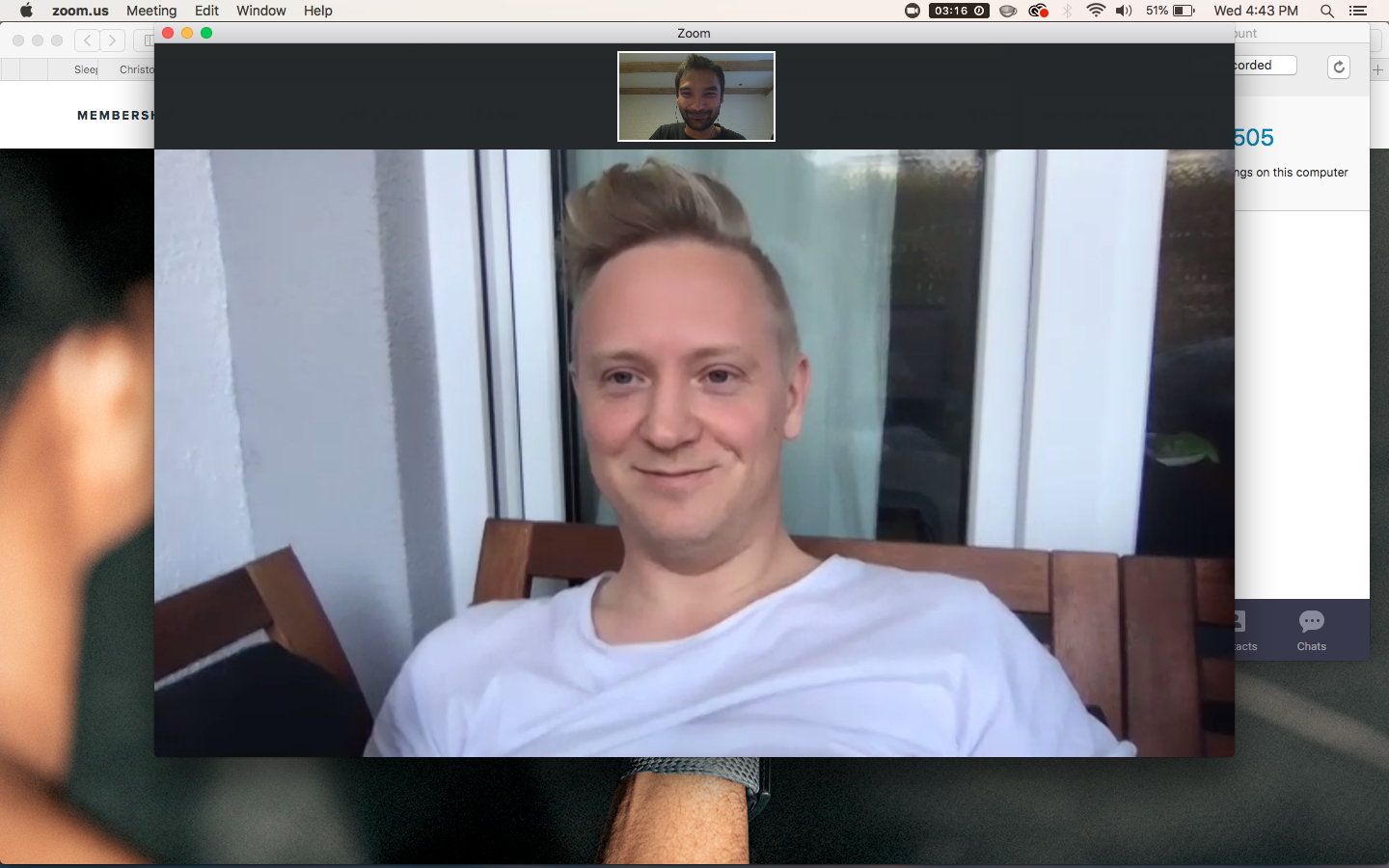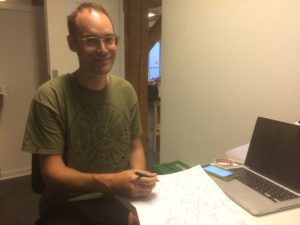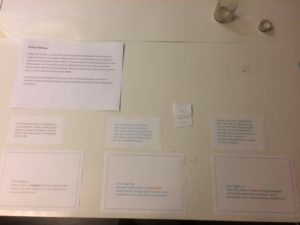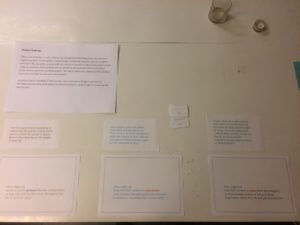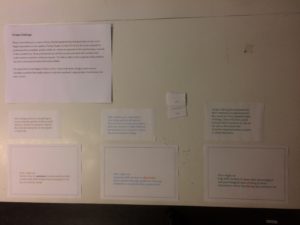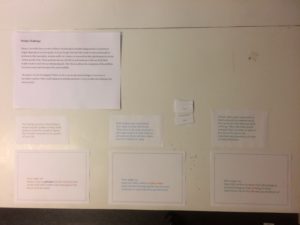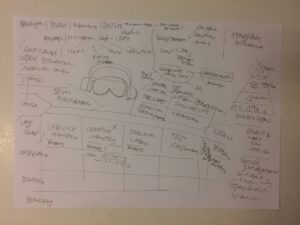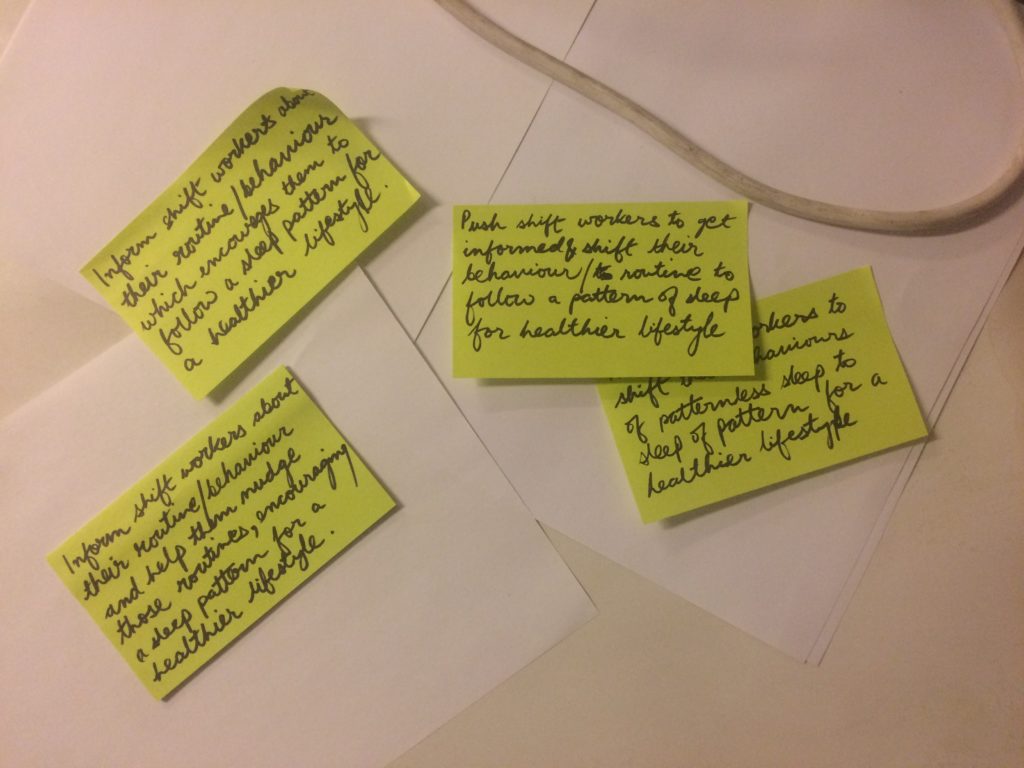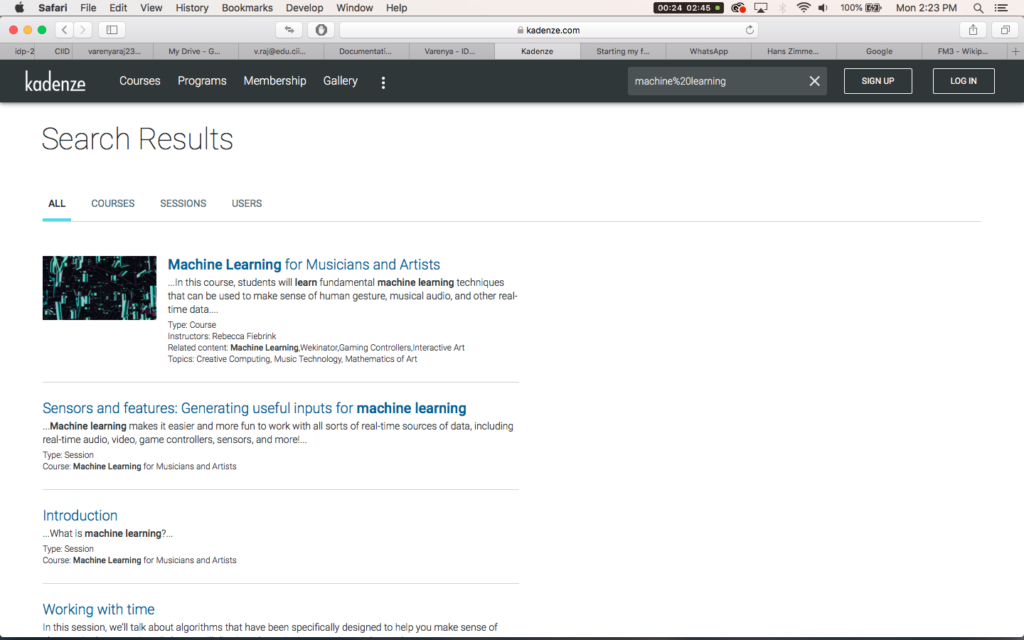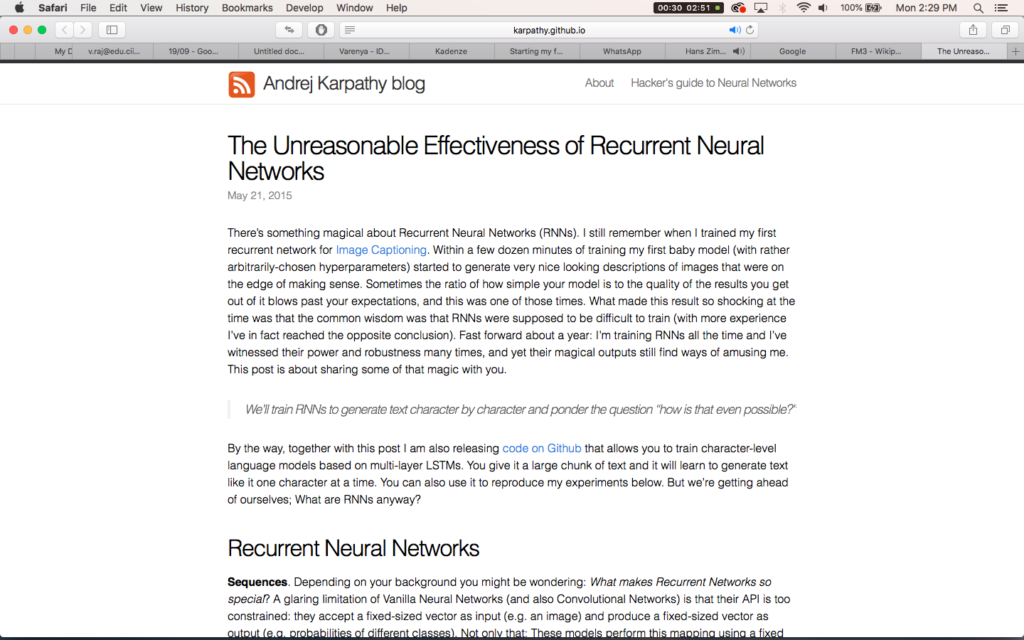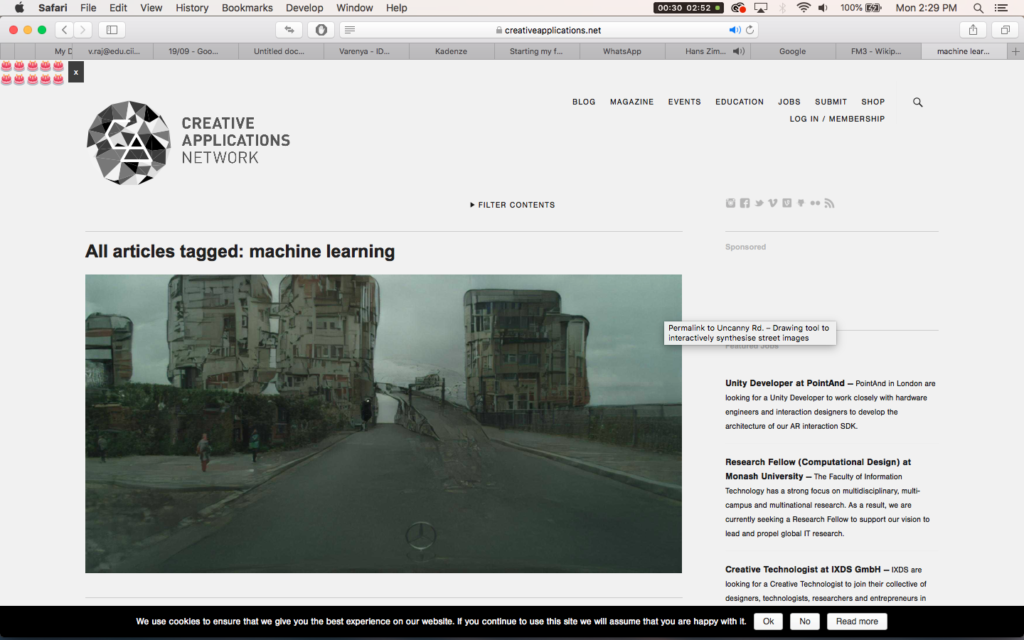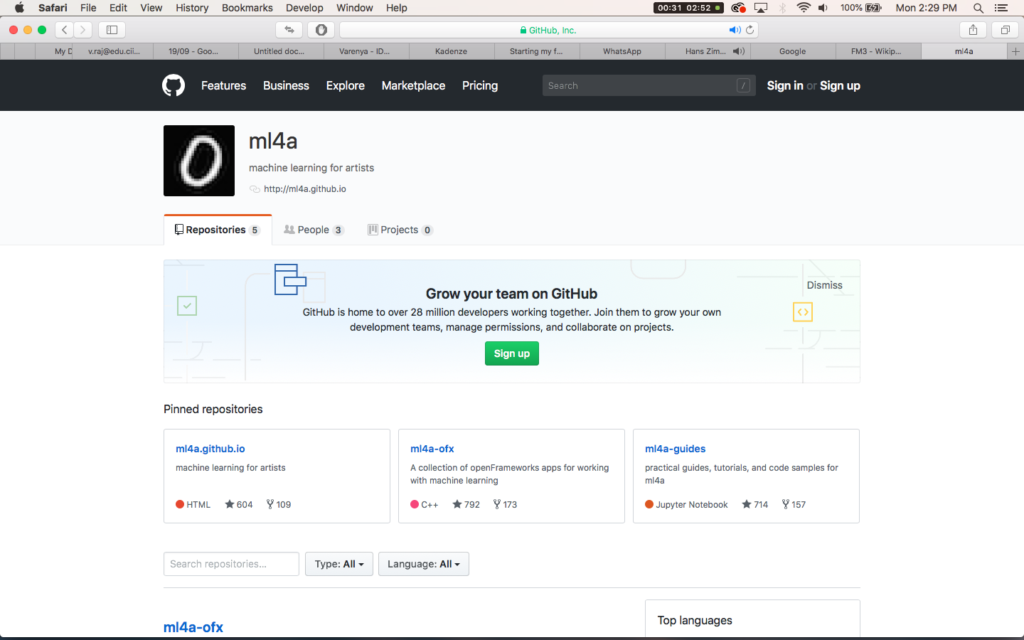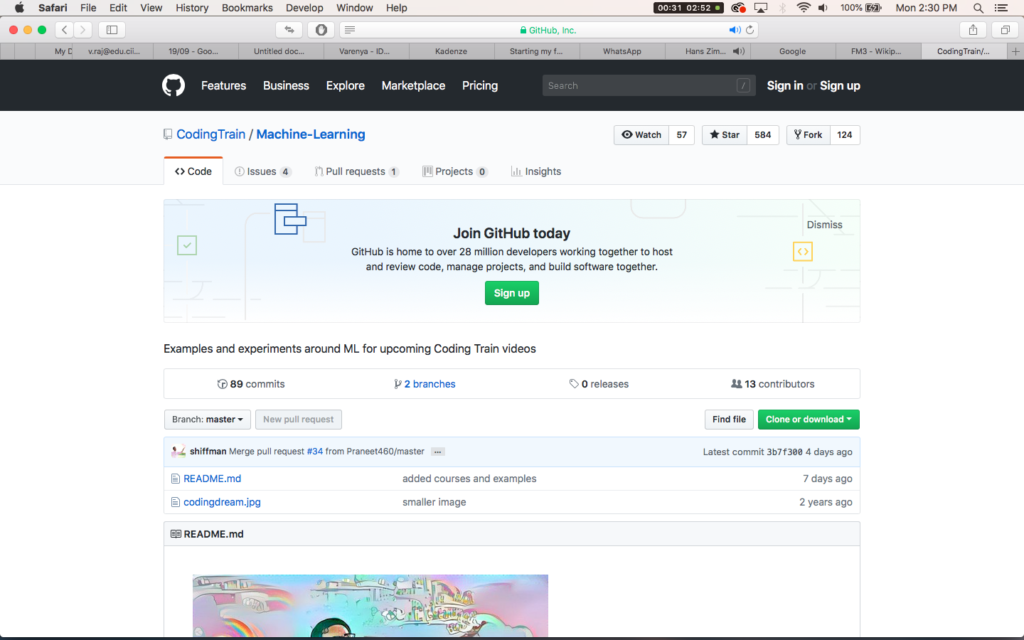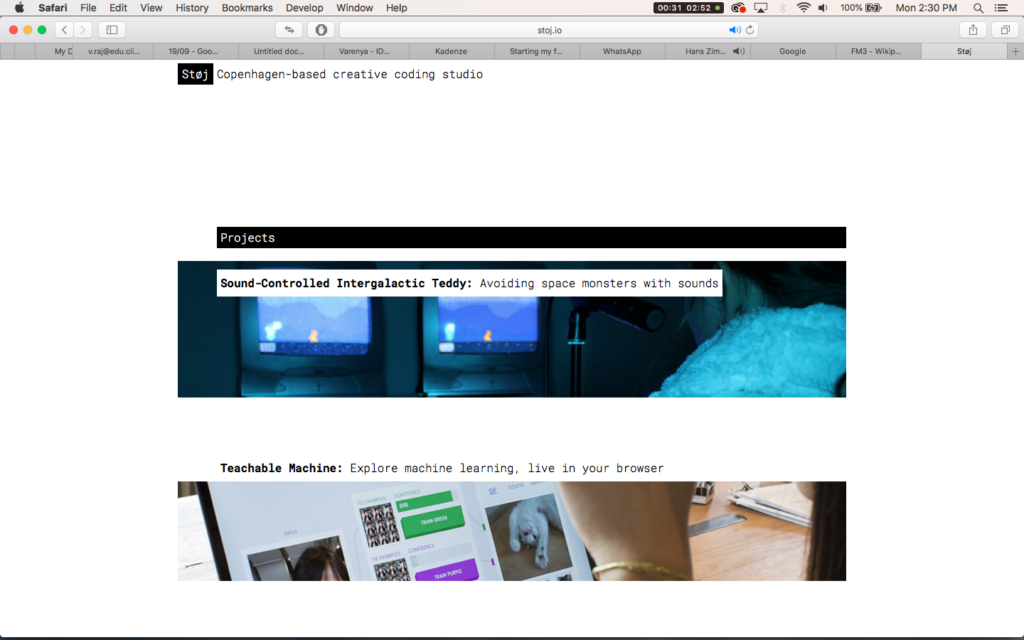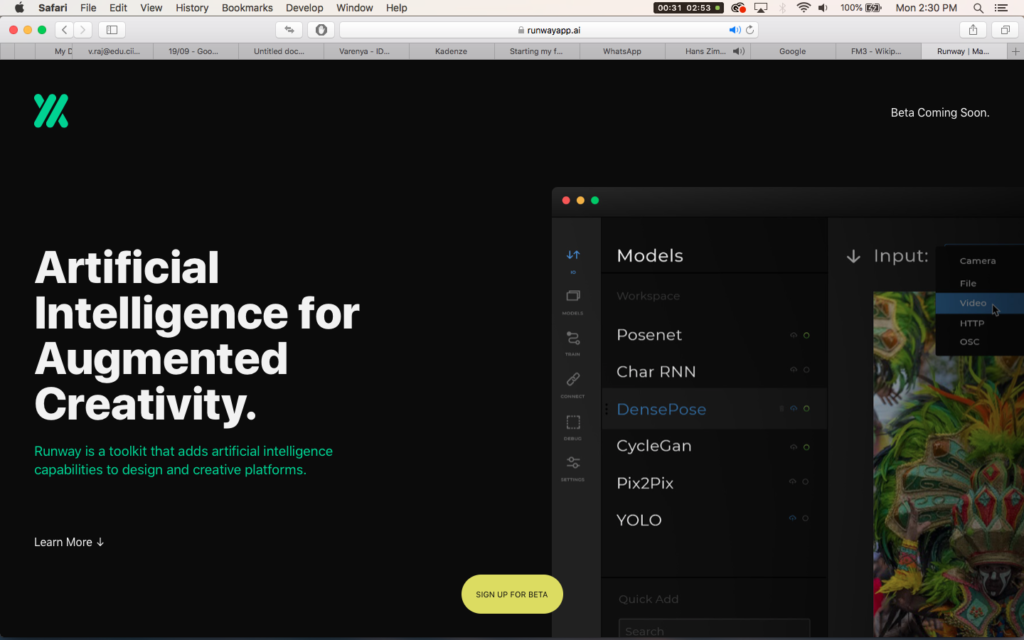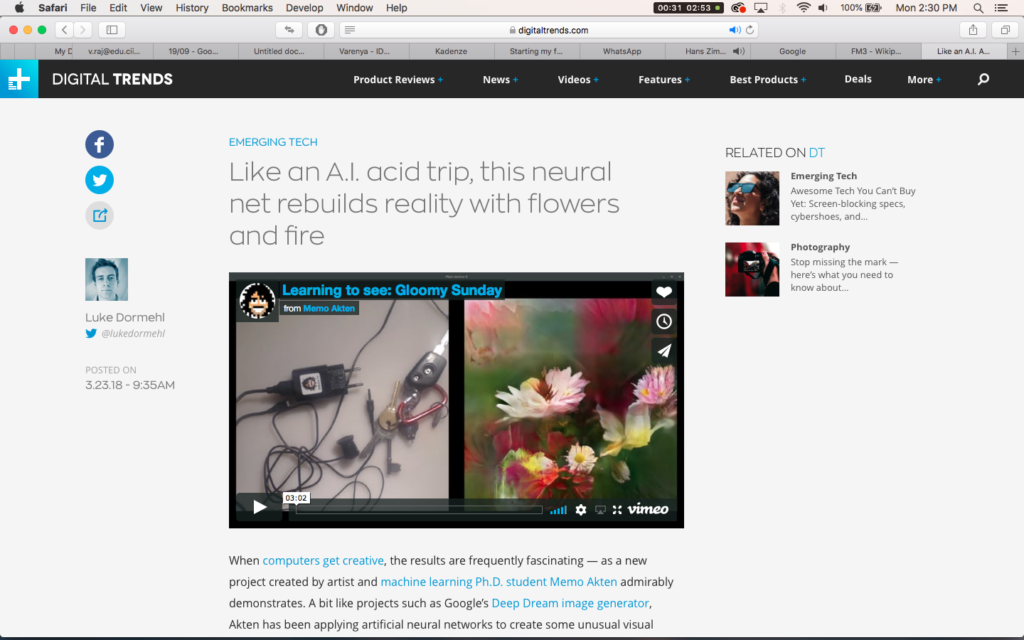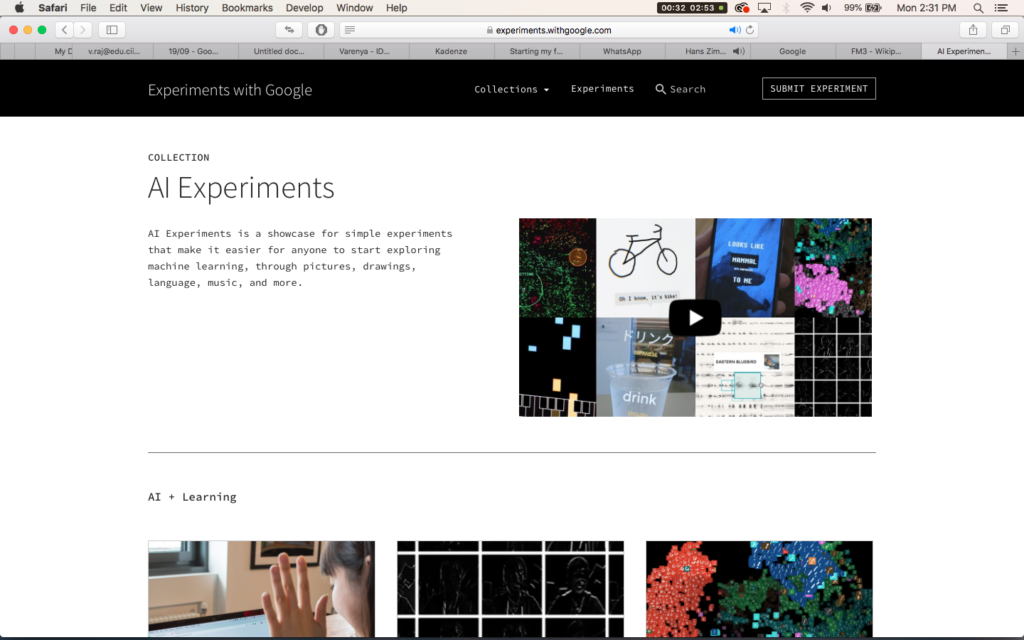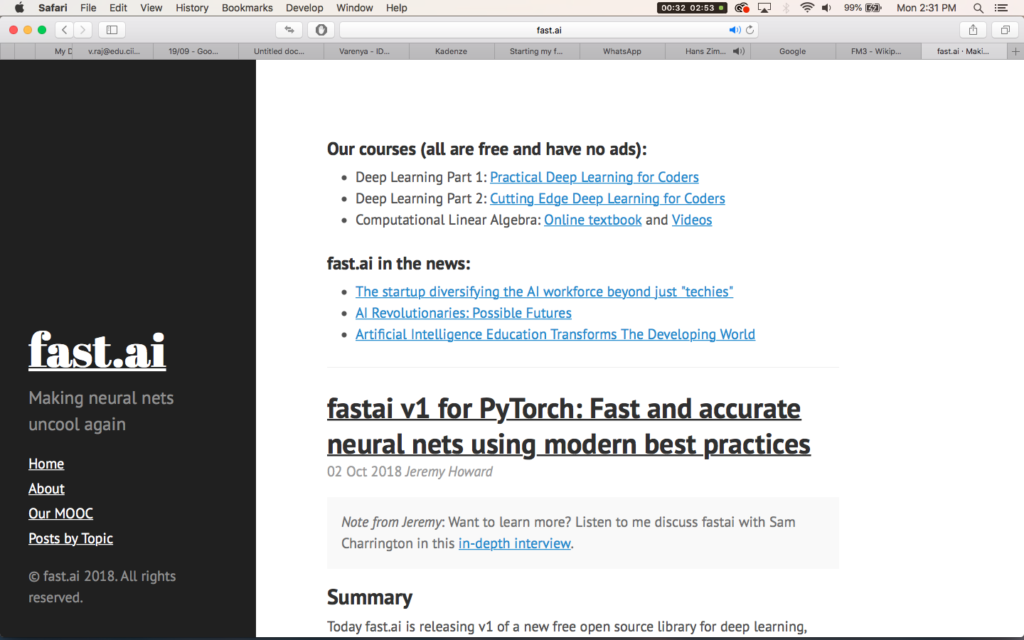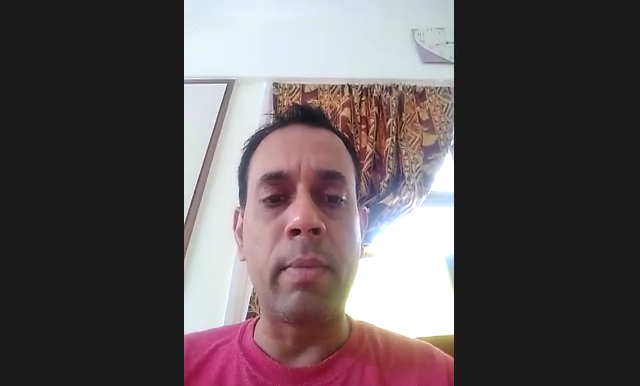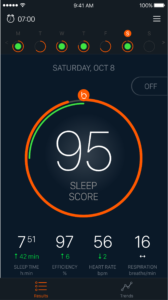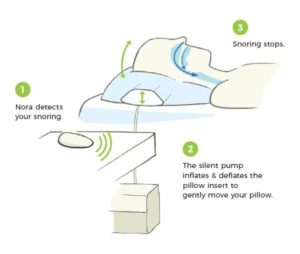October 17, 2018 — Comments are off for this post.
My inclination towards devices has been clear since the start of the project. While scanning through all the ideas, I concentrated more over the ones that could give me the possibility of making things.
I quite liked the ideas of being mischievous. As a child and being the youngest member in my family, I used to be quite mischievous, sometimes even to a point where it can affect people in not so good way. This behaviour in me as a child found small pocket of joy and fun.
I thought what if the objects around us also behave to prank us or act mischievous. In today’s world when people work, they work with a lot of anxiety. They value productivity but easily overlook the ill-effects on their body due to overexertion. People, in general, are resistant towards change and but what if they get tricked for a change. It’s also important to analyse if the change proposed is more important than the cost inflicted by the bearer which is a result of changes. If the result of the changes in the longer term is more beneficial than the cost of the changes then it will be more acceptable for people to embrace the object. The relevance of the object on a daily basis is quite important too. The object needs to have incentives that are built-in that calls for adherence and instant gratification. A good example which David gave me was a toothpaste. It’s very likely that if we don’t brush, we might lose our teeth in few months (not sure) and that’s the long term effect but the short term incentives are added to the toothpaste by adding flavours like mint which keeps your breath away from smelling foul.

